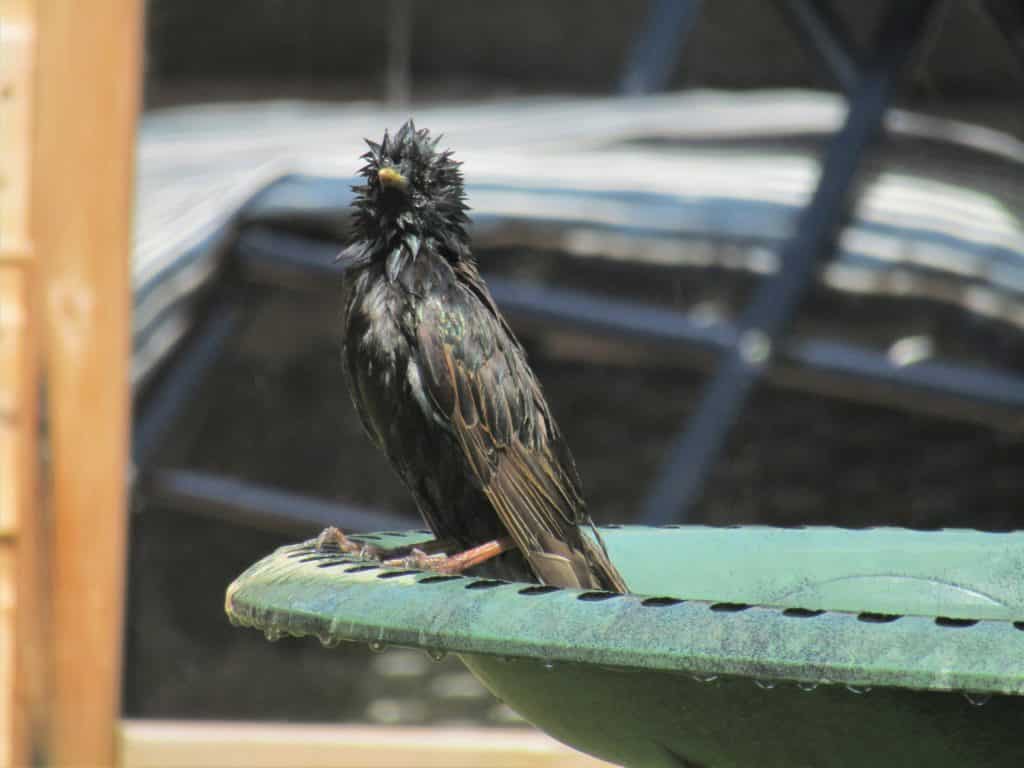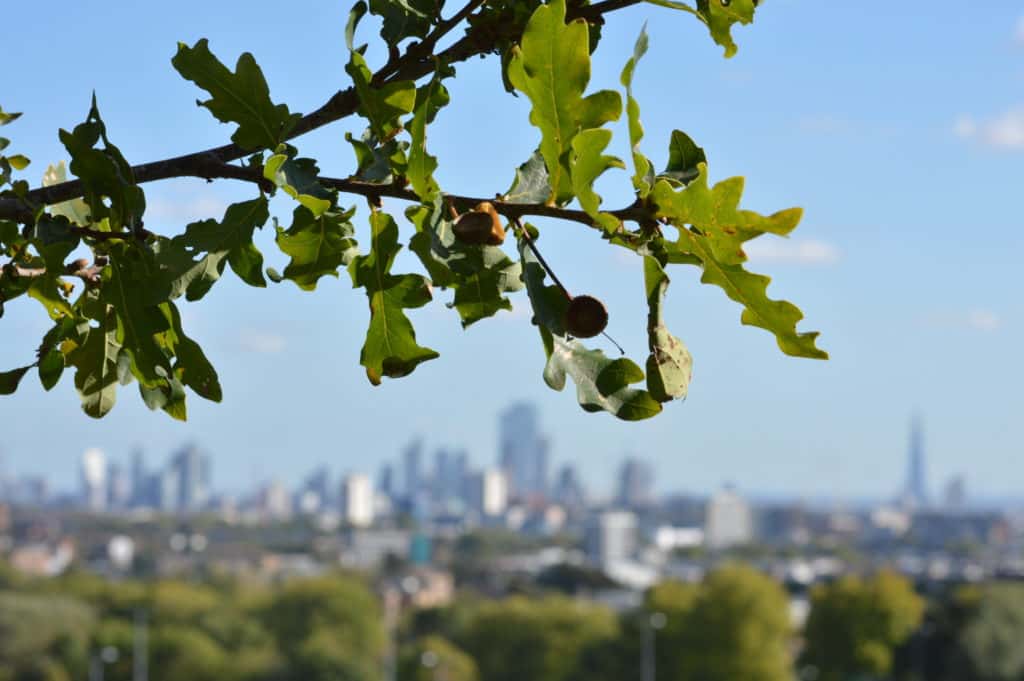
With a record breaking June under our belts, this summer has already proven to be a hot one. It’s hard not to dwell on the changes we’ll likely be seeing in the next few years, but the last 6 months have also provided us with so many reminders of why we shouldn’t be too pessimistic. London is full of enthusiastic people dedicated to our natural surroundings. The variety of articles in the GiGLer’s 33rd Issue reflects this vibrant community and all the amazing work being done to understand and protect nature in our capital. Join me in this editorial looking back over the last 6 months covering all things GiGL.
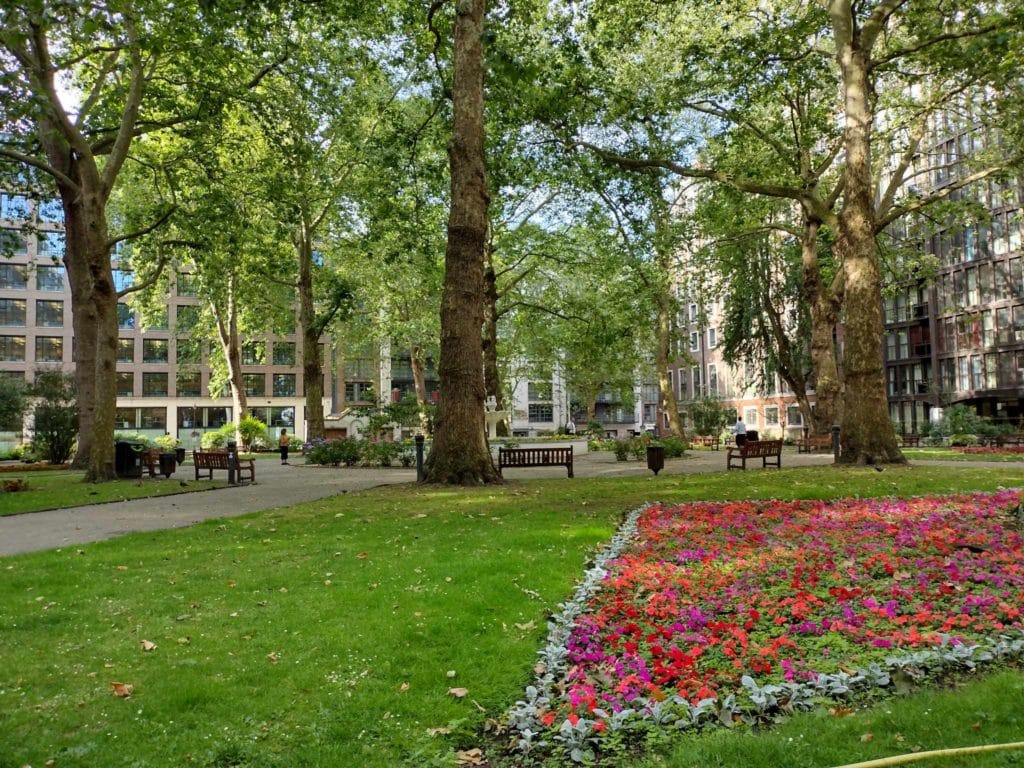
As long as you stay safe in the sun (and occasional showers), it’s a fantastic time to get out and about around the city. Issue 33 of the GiGLer included a number of different articles on that very theme. In April we re-launched our public mapping portal, DiscoverLondon. Its new look makes it easier than ever to use at home or on the go by anyone interested in their natural surroundings. From wildlife havens to hidden parks, there is no better time to see what you can find. Despite managing the dataset for a good few years now, I myself have only just discovered that the lovely green square called St John’s Gardens (a stone’s throw away from the GiGL office) is actually a Local Site of Importance for Nature Conservation – so prepare to find a few surprises! We plan to add more to our maps in the coming months, from biodiversity hotspots to more ways we can protect our rivers, so make sure to check back soon.
In May we returned to our popular Joy of Recording series that showcases London’s recorders and their stories. In the past we’ve heard from dedicated bird recorders, wonderful wildlife gardens and epic wildlife photography projects. This time we visited the historic Lesnes Abbey Wood, a hidden treasure in the heart of suburban London that houses the remains of Lesnes Abbey. We were taken on a tour by two volunteers, Charles and Andrew, as well as the wood’s estate manager, Ian, who showcased what makes these woods so special and all the work they do to help understand and conserve them. I don’t know about you, but I’ve started planning a trip to Bexley to explore myself.
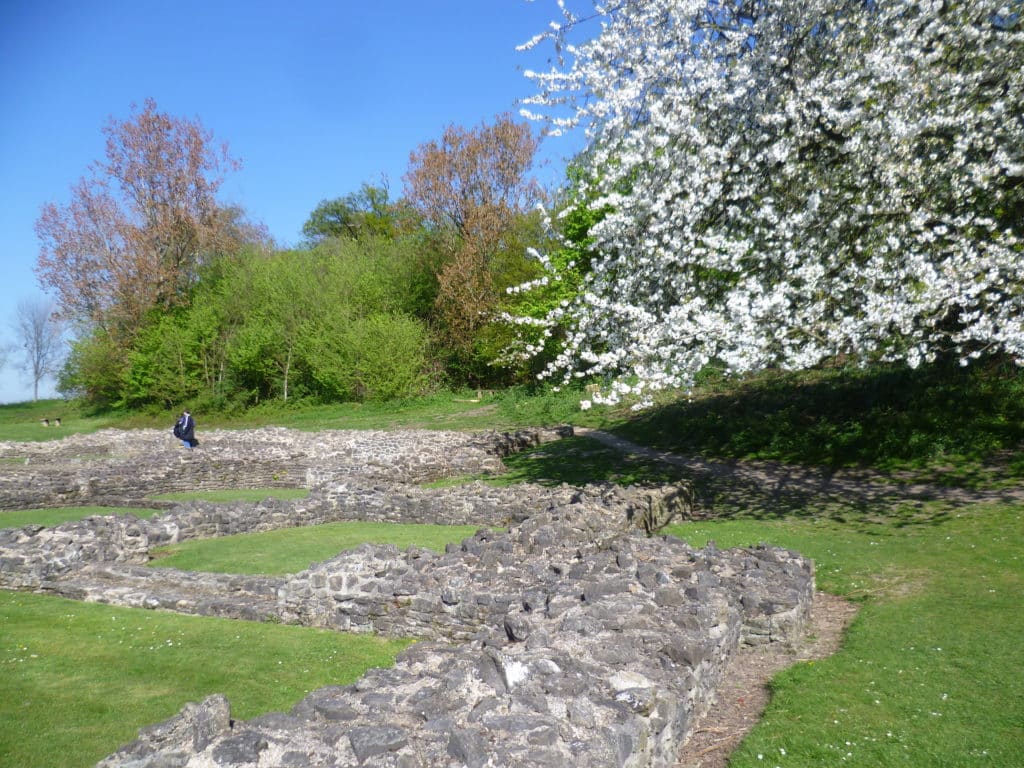
There are also lots of opportunities to record all the wonderful things you spot on your local walk, from one off records in GiGL’s recording form to the Water Vole Recovery Programme introduced in the GiGLer’s May news brief. These charismatic critters are unfortunately one of the UK’s fastest decline mammal species, so please do take the opportunity to submit any water vole or American mink records to our online recording portal to help us effectively target conservation actions.
Not all of us are blessed to have accessible open spaces like Lesnes Abbey woods on our doorstep, and some users of DiscoverLondon may have to look further afield than others to find a place to visit. GiGL have done lots of work mapping areas of deficiency to help identify areas that need improvement. Building on this, in January we heard from Database Officer Tanvi on her work creating the Greater London Authority (GLA)’s 10-Minute Walk map. In order to help achieve the Mayor’s pledge to ensure more Londoners live within a 10-minute walk of a green space, GiGL helped to answer a very important question – what areas are currently outside of this walking distance? You can see how much accessible open space is in your area on the map here. Hopefully projects like this will help to close the gap and allow more Londoners to reap the multitude of benefits experiencing nature can provide.
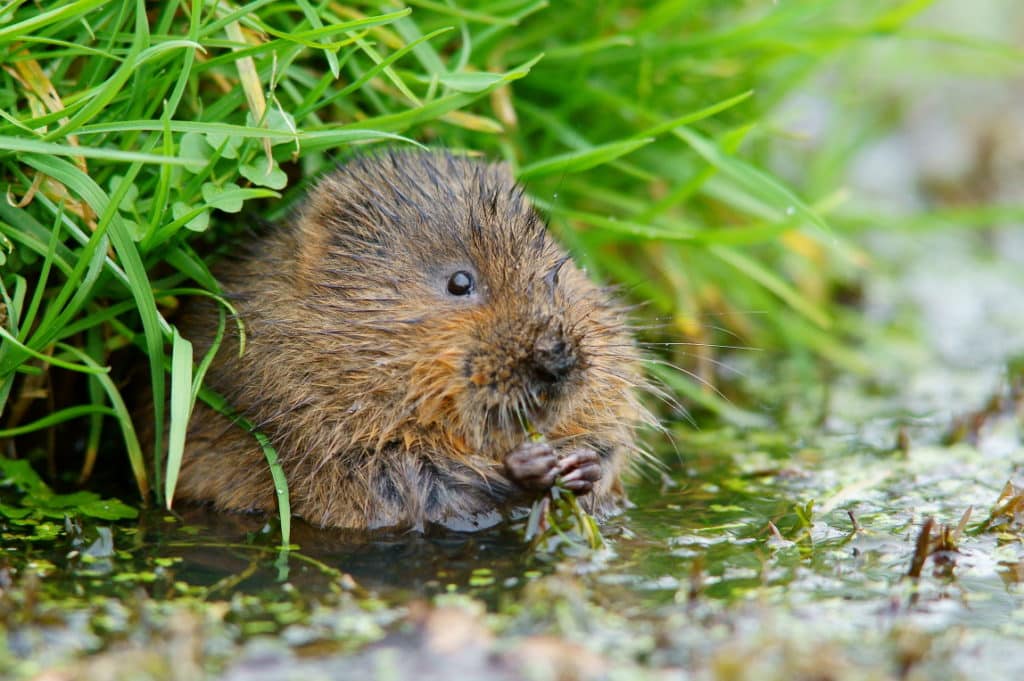
There is no doubt that London is full of people with an abundance of knowledge and enthusiasm for nature. For the last 5 years, GiGL have helped bring together these like-minded people on London Recorders Day. We were excited to announce a major update to this event in June, with the new name London Day of Nature. We hope it’ll continue to inspire and connect both old faces and new, and we can’t wait to see many of you there in October. Early bird tickets are available here.
One important part of GiGL’s work is the projects we undertake on behalf of our partners. This can be anything from producing species distribution maps all the way to complex modelling of networks across the capital. In Issue 33 we heard two examples of this exciting work from our Partnership Officer Molly. In May, Molly gave us an insight into Ecological Network Mapping. These maps pull together habitat data from across the capital to show how the most important habitats in London are connected and how these networks can be extended and enhanced. There are plans underway to expand and improve on this work, so if you are interested please do get in touch with Molly.
Back at the start of Issue 33 in February we heard all about Molly’s work with Buglife developing London’s new B-Line. These are pathways that link up existing pollinator friendly habitats which help our vital pollinating insects travel and thrive in our city. Protecting and restoring habitat within the B-Line will go a long way in helping London’s pollinators. There are lots of ways to get involved yourself and you can find out more on BugLife’s website here. Molly is certainly keeping as busy as a bee, so expect to hear lots of exciting updates in future GiGLer articles.
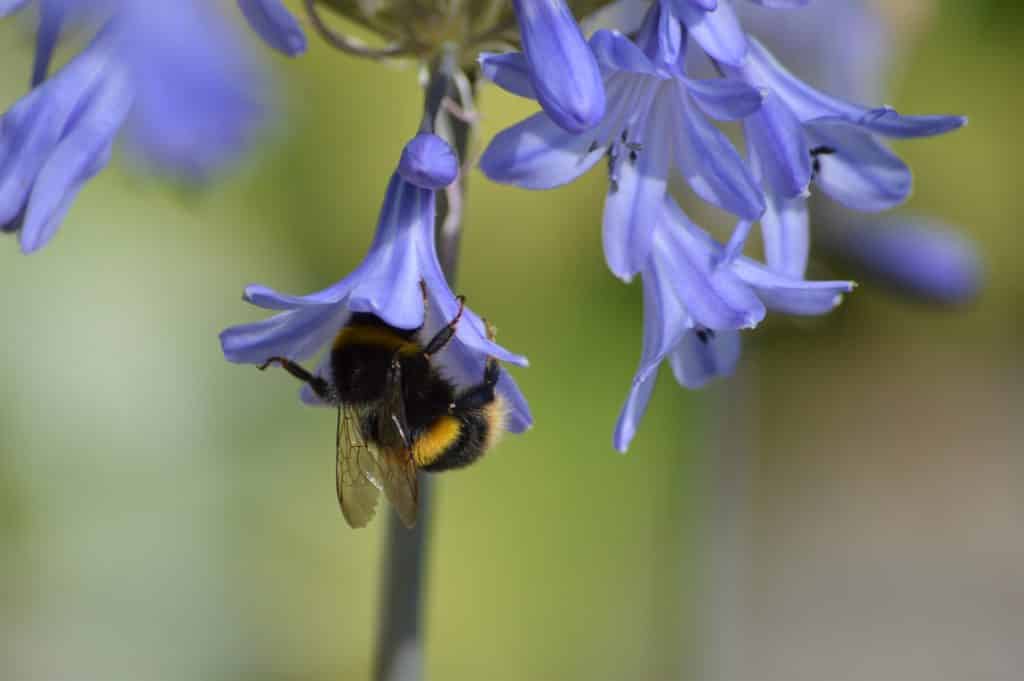
Sticking with the theme of plants, last month we heard about all the work that has gone into developing a new Rare Plant Register and Axiophyte List from Mark Spencer and Paul Losse. Axiophytes, Greek for ‘worthy plant’, are plant species which are indicators of important habitats, while Rare Plant Registers do what they say on the tin – they record rare plants found in an area. It’s vitally important to create lists specific to London to represent the unique combination of conditions and threats our plants face. These list can be used to measure and monitor the quality of a habitat or site and to track how our rarest and most unique species are faring in a changing world.
With all that’s going on it’s important to acknowledge the hard work of our extended GiGL family, from recorders, volunteers and students to local, national and regional partners and of course GiGL staff members.
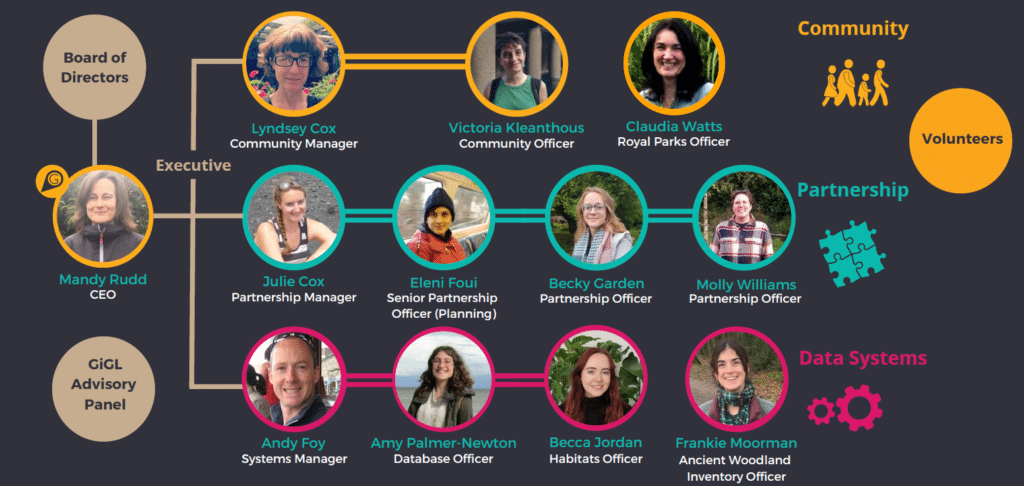
We are extremely fortunate to have such a brilliant and growing family of volunteers at GiGL. This was celebrated in our April article from Ancient Woodland Inventory (AWI) Officer Frankie. After being introduced to the five AWI volunteers who have been hard at work on the London wide inventory update, we got to hear what inspired each to join the team and some stories they’ve picked up along the way.
Having launched our new volunteering programme last year, we also had an update from our Community & Volunteer Officer Ben in April. Lots has been achieved already with an outstanding 600 hours collectively contributed as of April. As well as helping our current volunteers grow with new skills, we also hope to welcome new faces to a wider range of opportunities all the way from casual to eventually a formal internship. Keep an eye on the GiGLer for news.
With all the great work Community & Volunteer Officer Ben has put towards building our volunteering programme, we are sad to announce that Ben has moved on from GiGL. Having been an integral part of the GiGL machine for the last four years, I’m sure many of our readers will know and have worked with him on all things species and community. Luckily for us he isn’t moving too far and we can’t wait to hear from him soon.
With that sad goodbye out of the way, we welcomed some brilliant new members on GiGL’s Board of Directors who we announced in our last editorial: Stacey Cougill, Nick White and Cameron Witten. Our directors are central to our work and success, with their commitment and expertise helping us move forward and develop. In March we were thrilled to introduce Nick and Cam. Nick joined the board in January 2023 and has invaluable experience working on environmental policy from being the Principal Advisor for Net Gain at Natural England. Cam joined in October 2022 and as well as being a Senior Policy Advisor at Green Alliance, he has a lot of knowledge to draw on from his time working in landscape conservation in the US and UK. We look forward to working with them all going forward.
Another vital part of the GiGL machine is GAP, the GiGL Advisory Panel, who provide expert guidance on all aspect of GiGL’s development. In March’s news brief we heard more about the many aspects of GiGL life they’ve been involved in and where can get the latest membership information. If you would like to join the Advisory Panel, please get in touch with Andy, Julie or Lyndsey.
There is lots to look forward to in the second half of 2023 and in our 34th Issue of the GiGLer, from the new London Day of Nature event in October to updates on our habitat dataset. We expect to be as busy as ever as we prepare for the implementation of new planning policies, the conclusion of our massively important Ancient Woodland Inventory project, and all of the usual business working with our amazing network of partners, communities and clients. That’s not even mentioning our move to a new office (just down the road from the old one, but new coffee spots must still be found), but you’ll have to wait to hear about all that in the next editorial.
